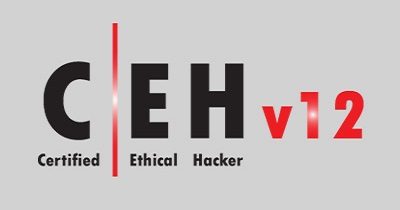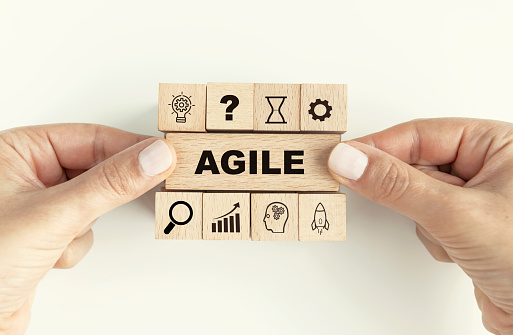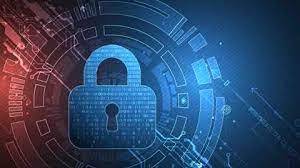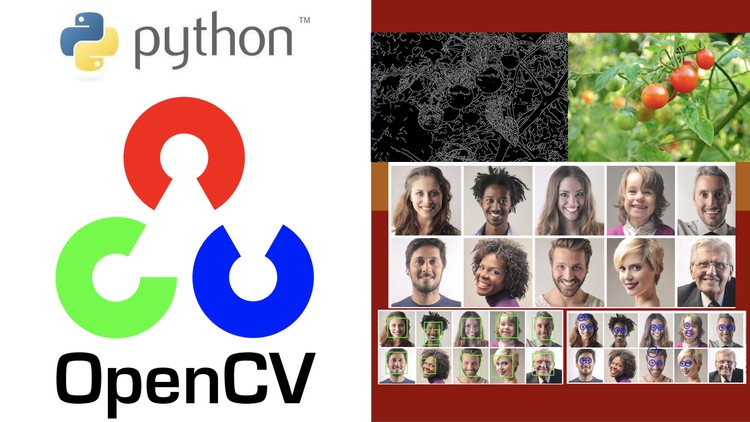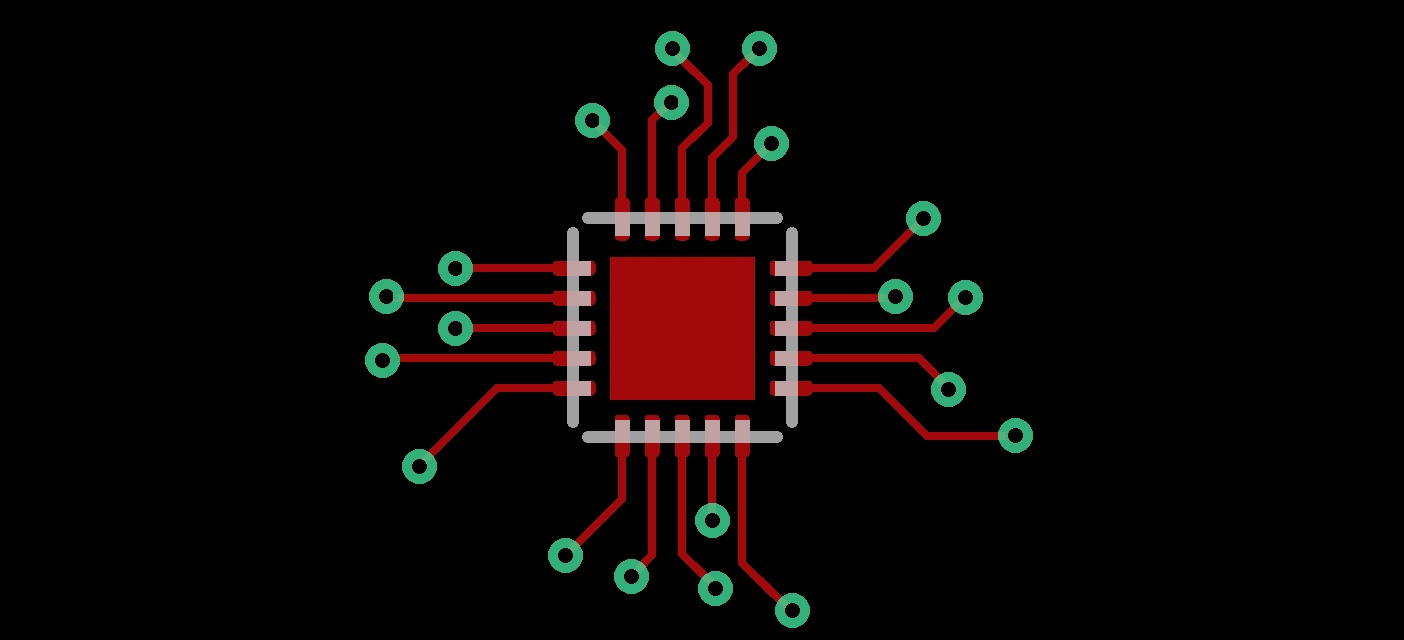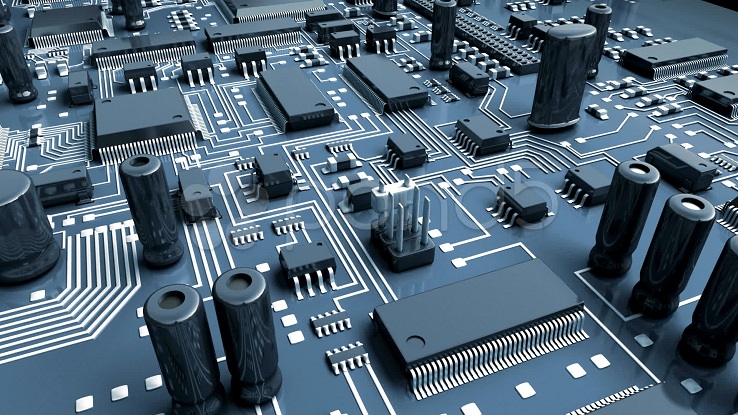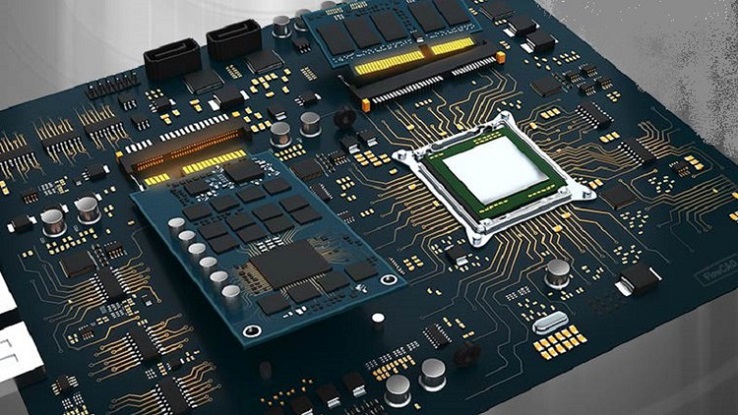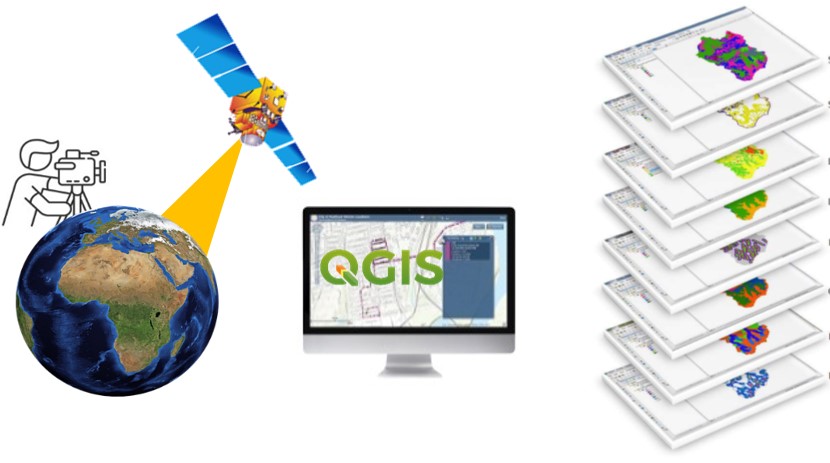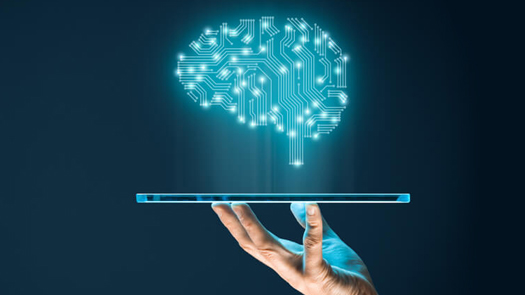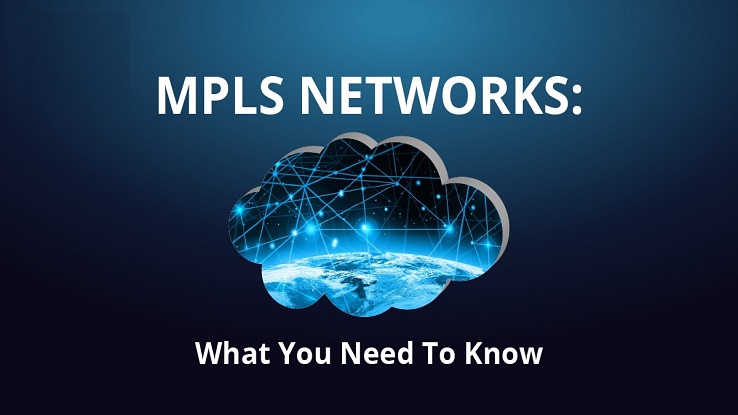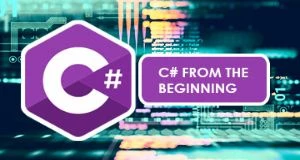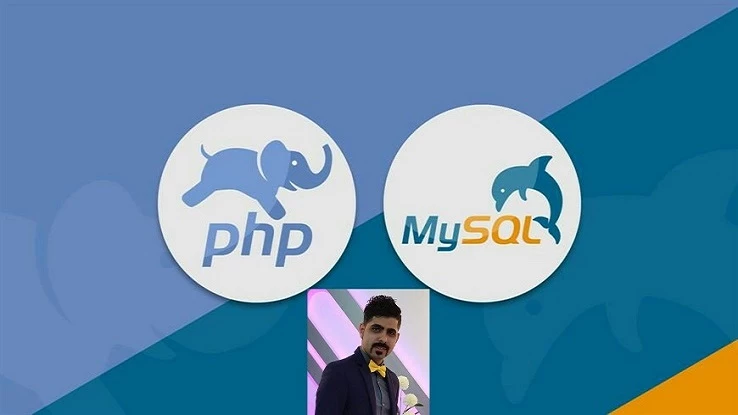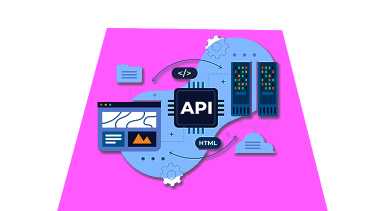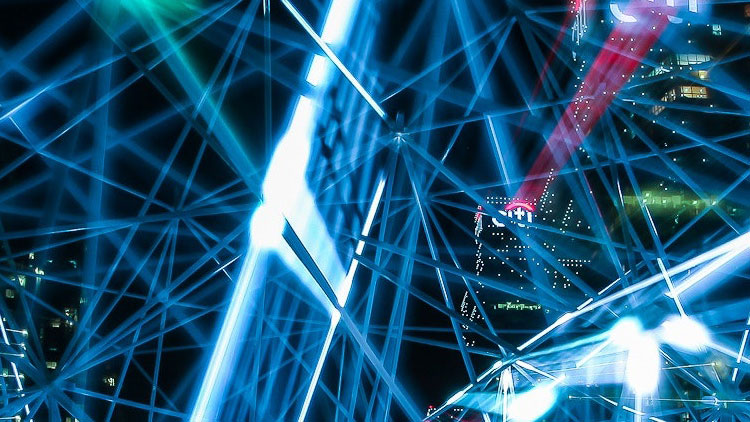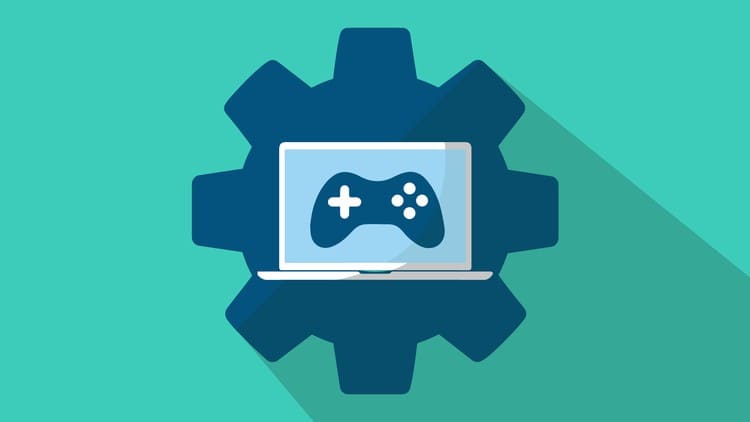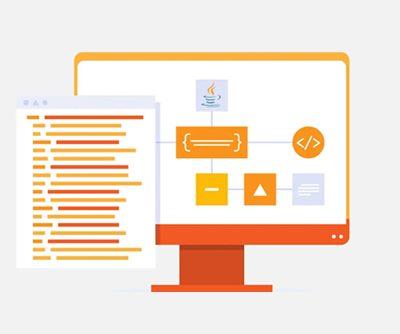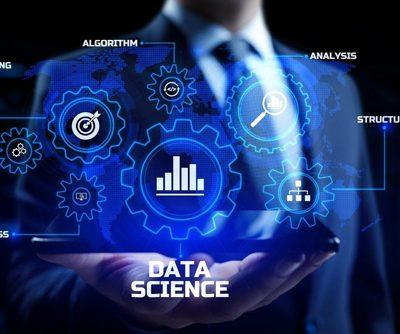What is Web 3.0?
Web 3.0, also known as the semantic web, is the next evolution of the internet. While the first version of the web was primarily focused on providing information, and the second version focused on social interaction and e-commerce, the third version is centred around the concept of the web as a giant database of interconnected data.
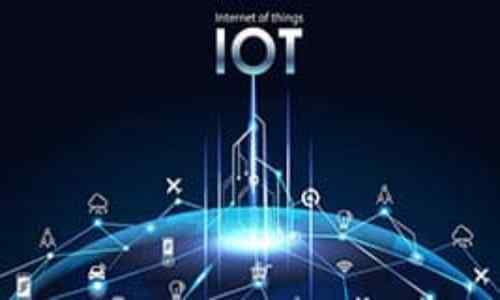
Internet of Things – Application Point of View
Last Updated: 2022-05-03
Here We Discuss the Different Application of IoT.
Web 3.0 definition:
Web 3.0 is characterized by the use of semantic technologies, which allow machines to understand and interpret the meaning of data, rather than just the syntax. This means that the web can become more intelligent, allowing for personalized experiences that are tailored to the user’s needs.
One of the key features of web 3.0 is the use of linked data, which allows for the creation of a vast network of interconnected data that can be easily accessed and understood by machines. This data can include everything from social media profiles to scientific research papers, and can be used to create new insights and connections between different fields of knowledge.
Another important aspect of web 3.0 is the concept of decentralization. Rather than relying on centralized platforms such as Facebook or Google, web 3.0 seeks to create a more open and decentralized web, where users are in control of their own data and can easily share it with others.
In order to achieve these goals, web 3.0 relies on a number of emerging technologies, including blockchain, artificial intelligence, and the Internet of Things (IoT). By leveraging these technologies, web 3.0 has the potential to transform the way we interact with the internet, creating a more intelligent, decentralized, and connected web that is better suited to the needs of users.
Overall, web 3.0 represents an exciting new frontier in the evolution of the internet. By leveraging the latest technologies and concepts, it has the potential to transform the way we access and share information and to create a more open, connected, and intelligent web that benefits everyone.
How does Web 3.0 work?
Web 3.0 is designed to work differently than the current version of the internet, which is often referred to as Web 2.0. There are several key components that make up the architecture of Web 3.0:
- Linked Data: Web 3.0 relies on linked data to create a vast network of interconnected information that can be easily accessed and understood by machines. This enables new insights and connections between different fields of knowledge.
- Semantics: Web 3.0 uses semantic technologies that allow machines to understand and interpret the meaning of data, rather than just the syntax. This means that the web can become more intelligent and personalized, delivering content that is tailored to the user’s needs.
- Decentralization: Web 3.0 seeks to create a more open and decentralized web, where users are in control of their own data and can easily share it with others. This is achieved through the use of blockchain technology and other decentralized systems.
- Interoperability: Web 3.0 aims to create a more interoperable web, where different systems and platforms can easily communicate and share data with each other. This is achieved through the use of open standards and protocols.
To achieve these goals, Web 3.0 relies on a number of emerging technologies, including blockchain, artificial intelligence, and the Internet of Things (IoT). Blockchain technology, in particular, is critical to the decentralization aspect of Web 3.0. It enables users to store and share data in a secure, decentralized manner, without relying on centralized intermediaries.
Artificial intelligence is also important to Web 3.0, as it enables machines to understand and interpret the meaning of data, allowing for more personalized and intelligent experiences for users. The Internet of Things (IoT) is another key technology in Web 3.0, as it allows for the creation of a vast network of connected devices that can communicate with each other, share data, and automate tasks.
Overall, Web 3.0 is a complex and multifaceted concept that relies on a range of emerging technologies to create a more intelligent, decentralized, and connected web. While it is still in the early stages of development, it has the potential to transform the way we interact with the internet and create new opportunities for innovation and growth.



